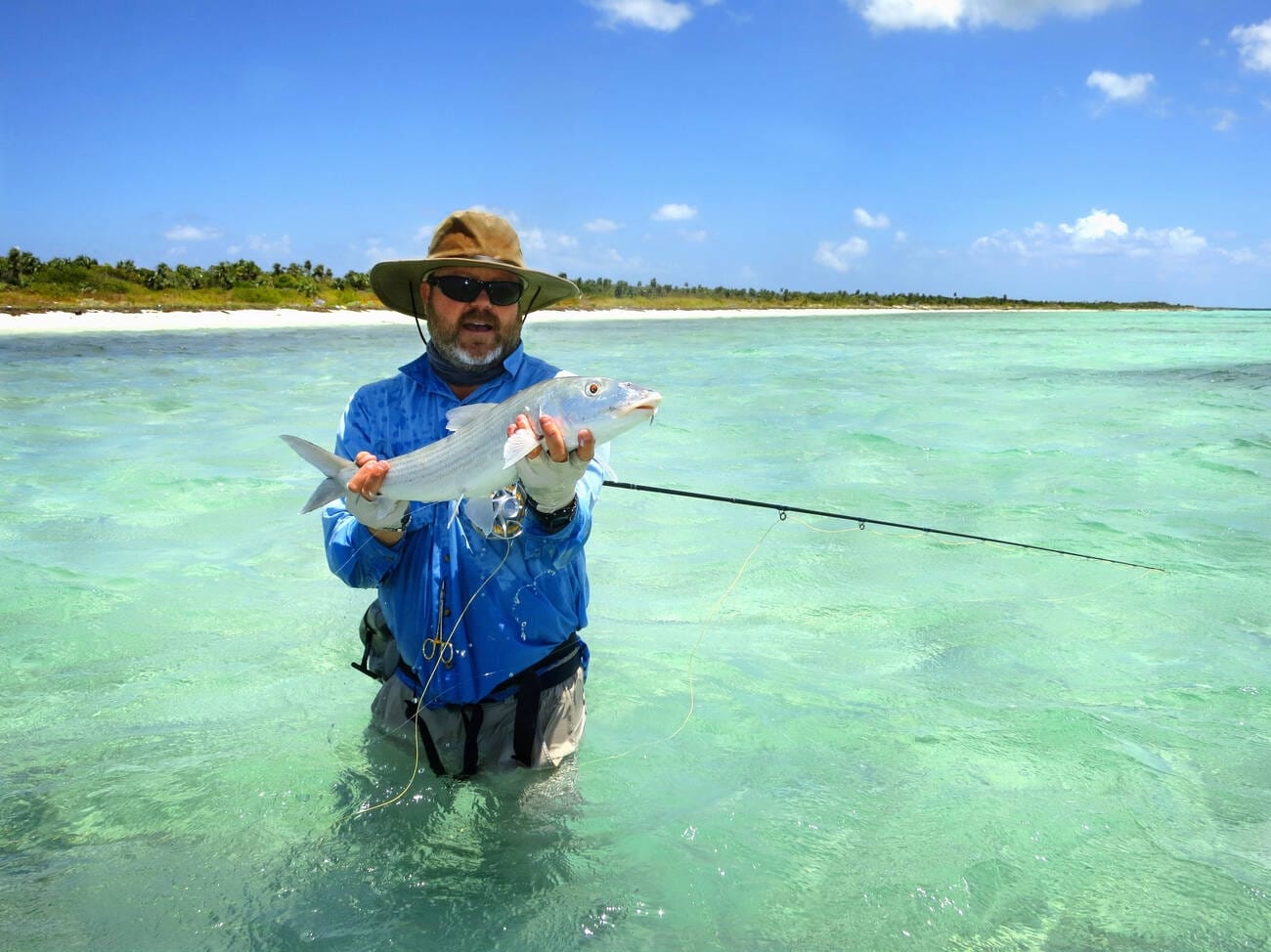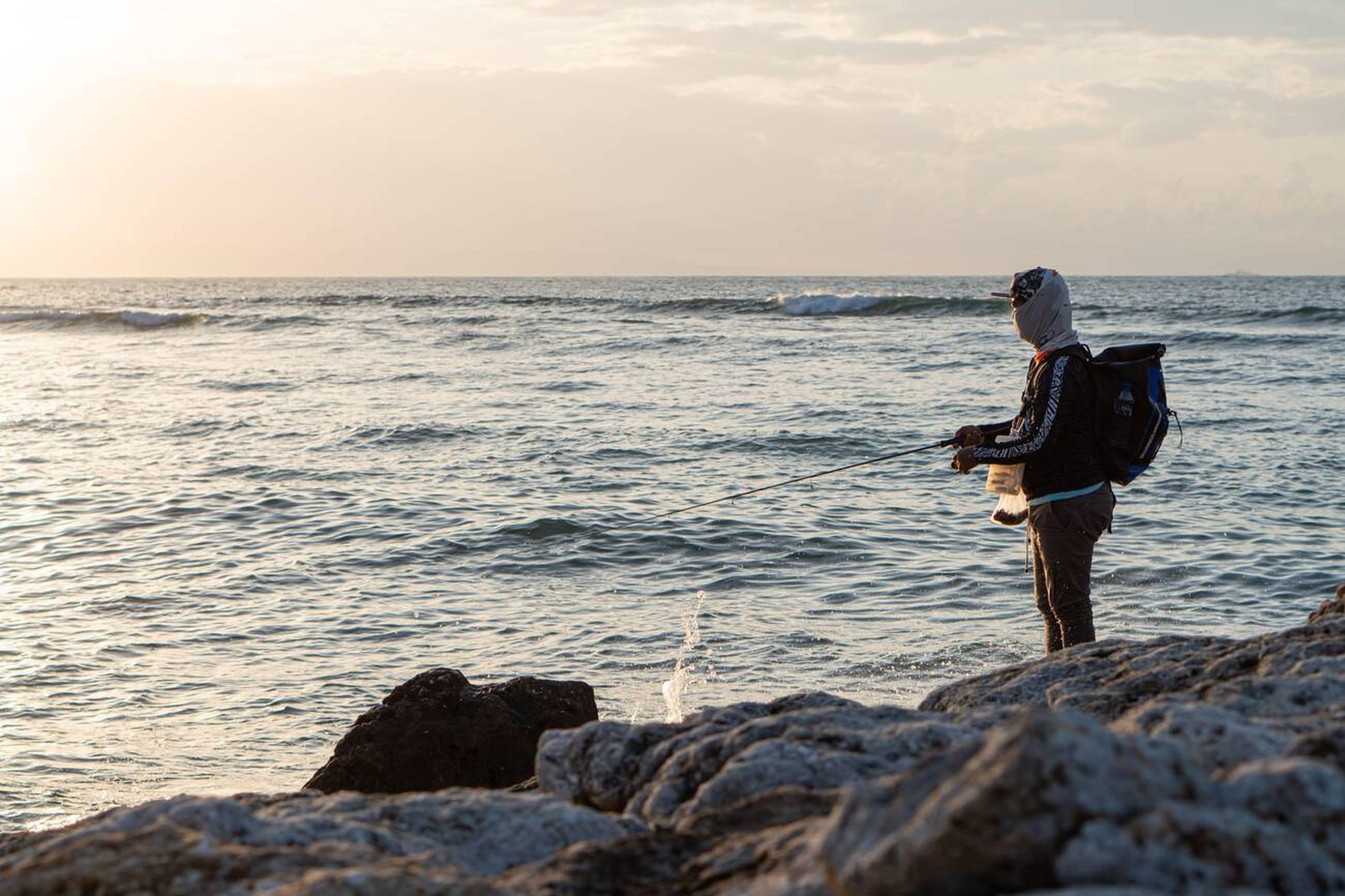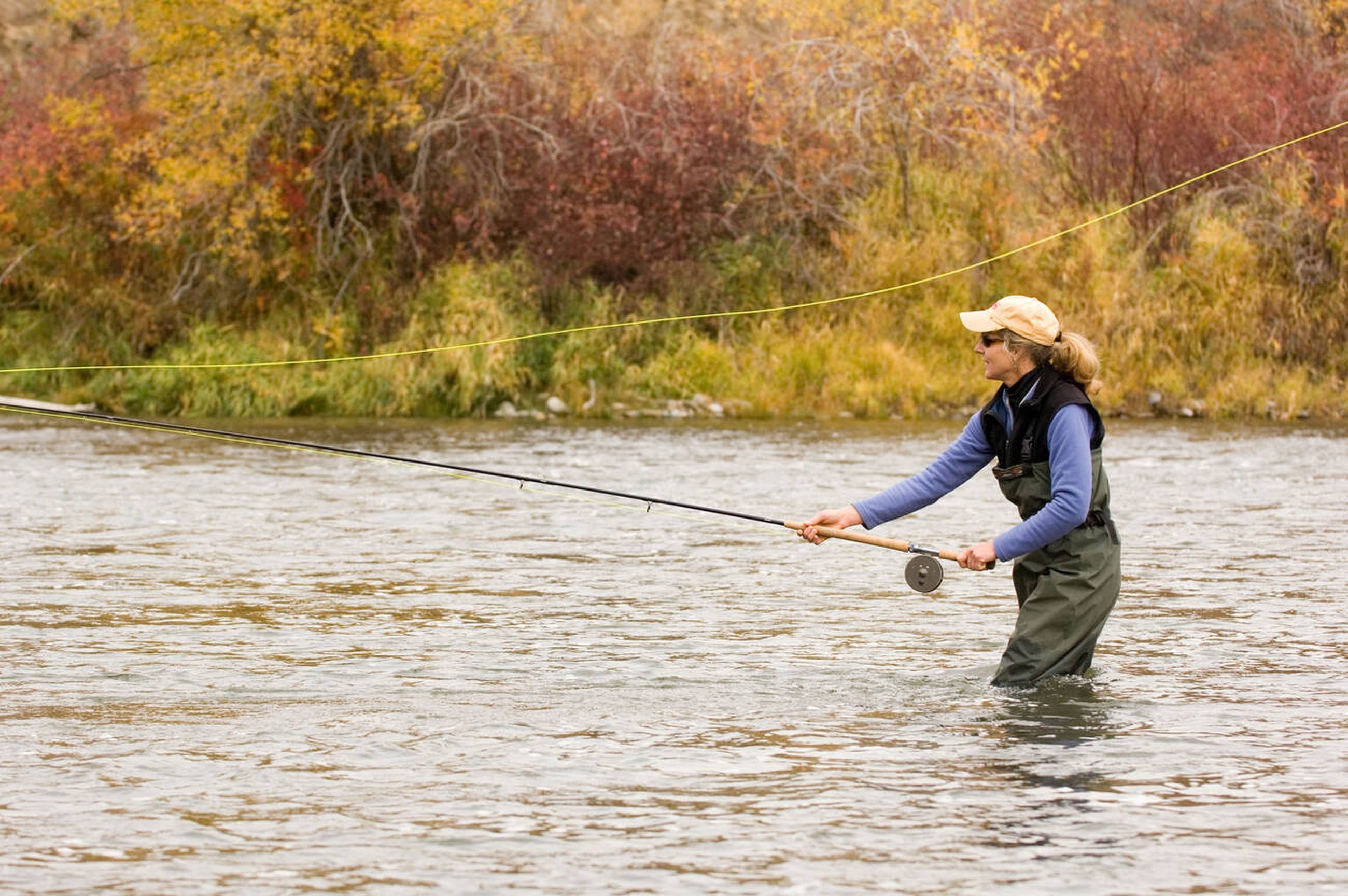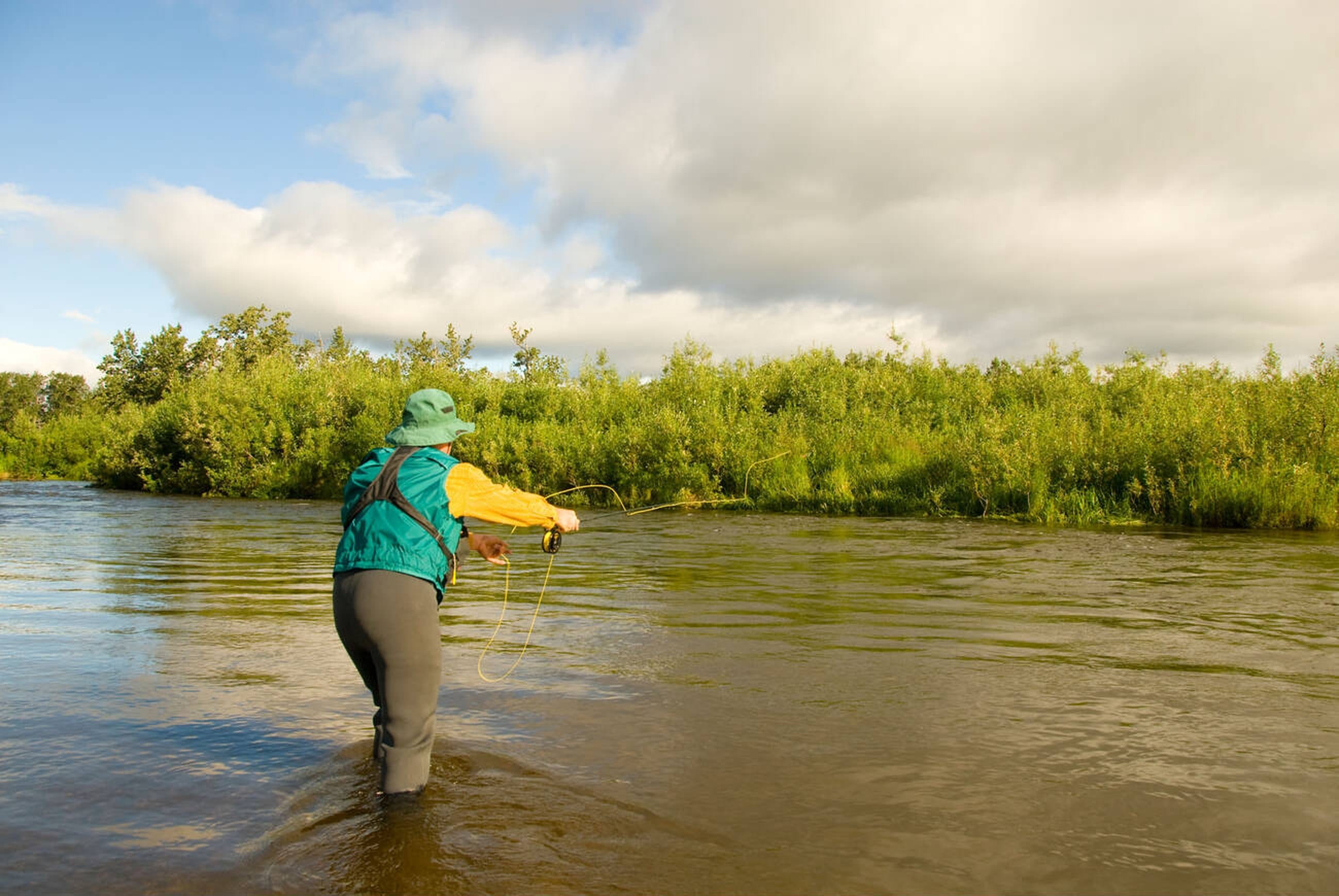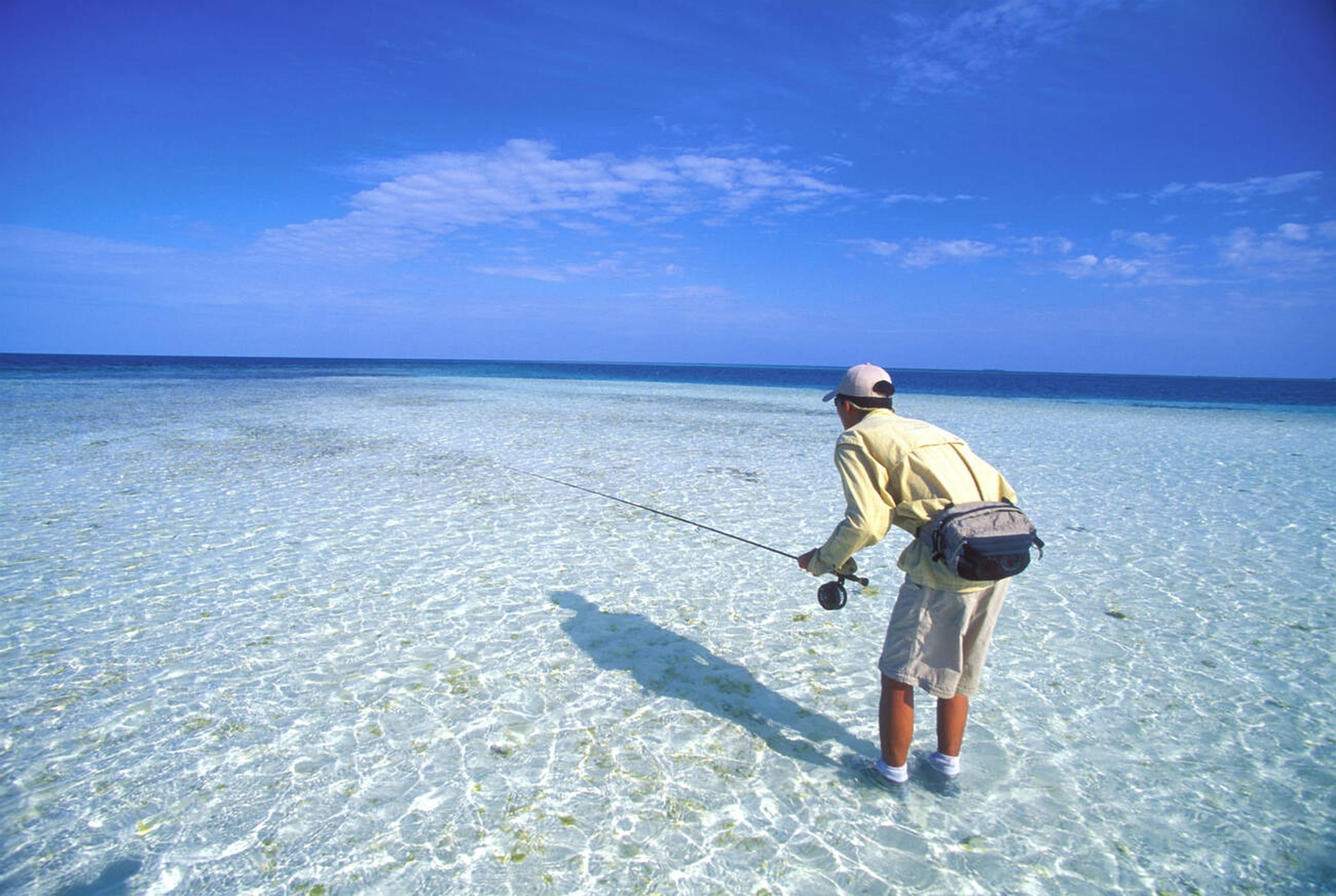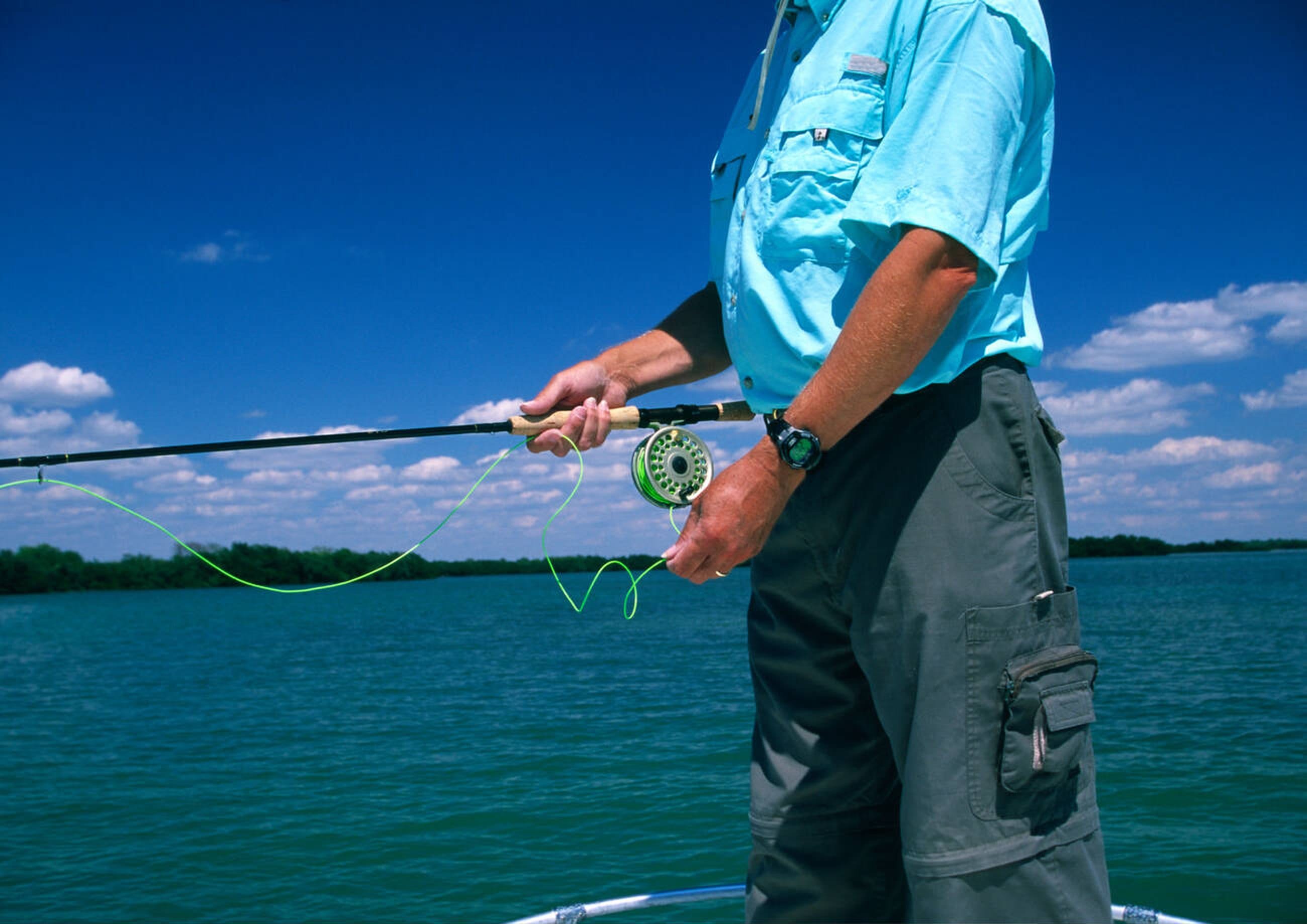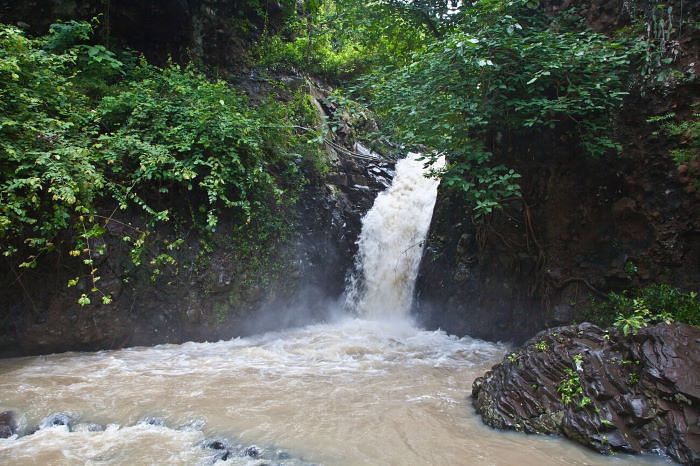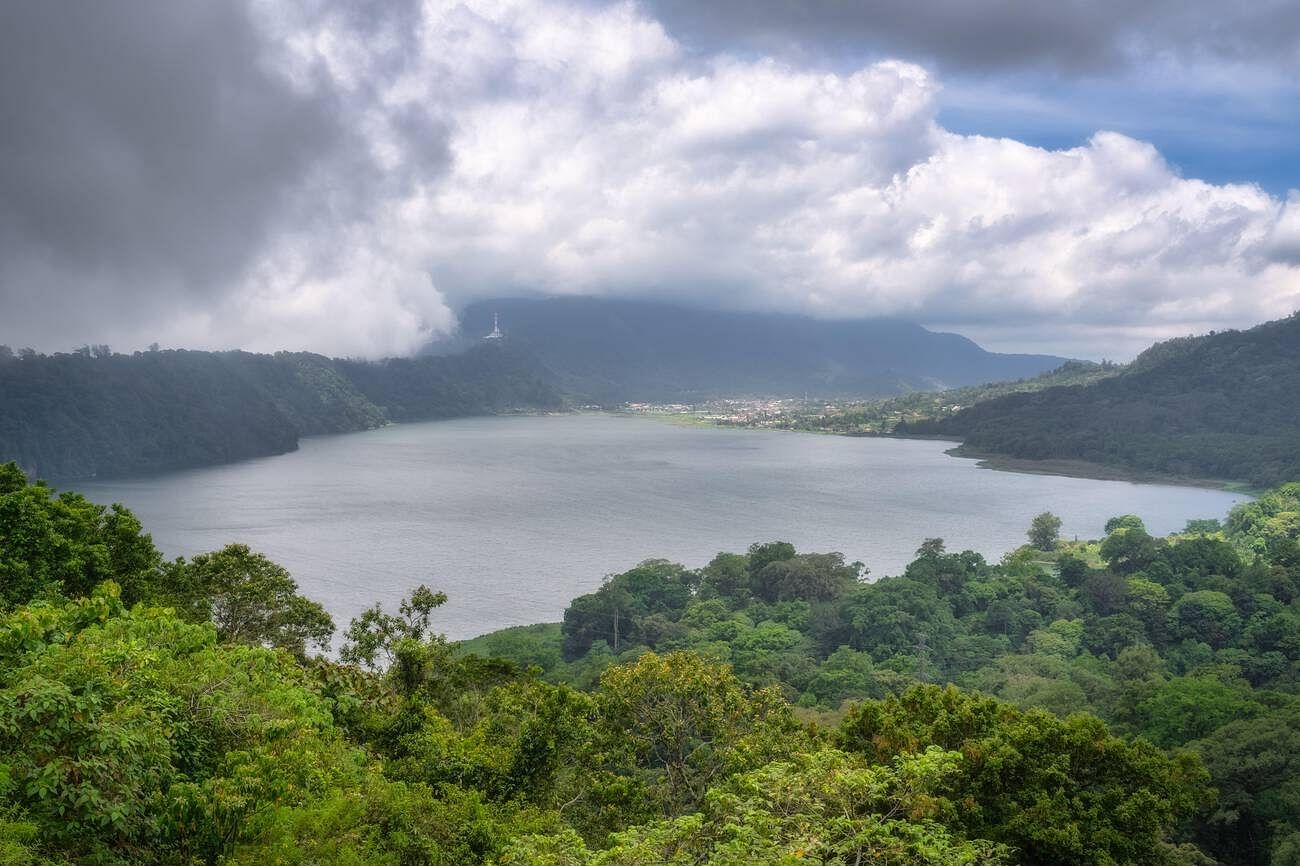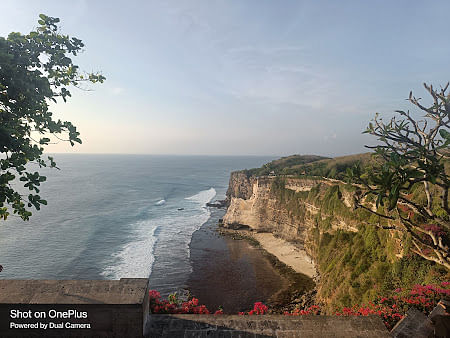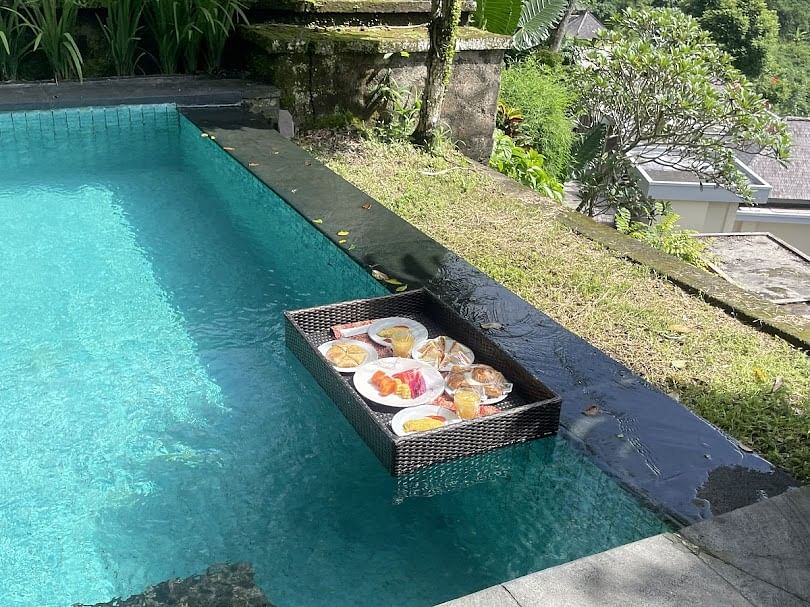Fly fishing in Bali is an angling technique that makes use of an ultra-lightweight lure called an artificial fly, which typically looks like small insects to attract and catch fish. Because the fly is very light, it cannot be cast far using regular gear, so specialized tackle and unique casting techniques are used.
Anglers often wear waders, carry a hand net, and stand in the water while fishing. Flying fish activity in Bali mainly targets predatory fish that feed on small prey and can be done in fresh or saltwater. Techniques vary depending on the habitat, including rivers, streams, lakes, bays, and open ocean.
Fishing in Bali is an absolute delight for its rich marine biodiversity. You can plan your trip through Bali Tour Packages to enjoy your fly fishing adventure along with sun, sand, and scenic coastal views.
Types of Best Fly Fishing in Bali
Explore different types of fly fishing Bali Indonesia:
best-selling bali travel packages
Casting fly fishing Bali Indonesia is a method of casting the line rather than the lure, unlike other casting methods. Non-flying fish activity in Bali methods rely on the lure’s own weight to pull the line from the reel during the forward motion of a cast.
By design, a fly lure is too light and drags too much to be cast by its own momentum, thus simply following the unfurling of a properly cast fly line, which is heavier at the distal end and therefore more stable than lines used in other types of fishing.
Due to the added mass of the fly line and a tapered leader line, a secondary leader called a tippet is used to secure the lure to the fly line.
Casting without landing the fly on the water is known as ‘false casting’, and may be used to pay out line, to dry a soaked fly, or to reposition a cast. Other casts are the roll cast, the single or double-haul, the tuck cast, and the side or curve cast.
Main Cast Fishing Gear
- Fly rod and matching reel
- Weighted fly line
- Leader and tippet line
- Selection of flies (dry flies, nymphs, streamers)
- Fly box for storage
- Nippers or clippers for cutting line
- Forceps or hemostats for removing hooks
- Polarized sunglasses
- Waders or water shoes
- Hat for sun protection
Best Places for Casting in Bali: Jimbaran Bay, Gilimanuk Harbor, Amed Beach, and Nusa Islands (Ceningan, Penida, Lembongan)
Approx. Bali Fly Fish Tour Cost: Starts from ₹1,600 (IDR 300,000)
Suggested Read: Jimbaran Beach In Bali 2025: Best Things To Do & More
Spey casting flying fish activity in Bali requires a longer, heavier two-handed fly rod, referred to as a “Spey rod”. Spey casting is essentially a large roll cast, developed on the Scottish River Spey, where high banks do not allow space for the usual back cast.
Spey casting fly fish activity in Bali is used for fishing large rivers for salmon and large trout, such as steelhead and sea trout.
The Spey technique is also used in saltwater surf casting. All of these situations require the angler to cast large flies long distances. The two-handed Spey technique allows more powerful casts and avoids obstacles on the shore by keeping most of the line in front of the angler.
Main Spey Casting Gear:
- Two-handed Spey rod (typically 12-15 ft)
- Matching large-arbor Spey reel
- Specialized Spey lines (Skagit or Scandi systems)
- Backing line for long runs
- Leaders and strong tippet material
- Selection of large flies (Intruders, Tube Flies, Prawns, Streamers)
- Wading boots + chest waders
- Polarized sunglasses for visibility
- Waterproof sling pack or fly box
Best Places for Casting in Bali: Balangan Beach, Sanur Beach, Amed Beach, Nusa Penida (North Coast)
Approx. Bali Fly Fish Tour Cost: Between ₹4,000 - ₹6,500 (IDR 750,000 - 1,200,000)
Suggested Read: Teletubbies Hill Travel Guide - All You Need To Know (2024)
Fly fishing Bali Indonesia, for trout is a very popular sport, which can be done using various methods and the general types of flies. Many of the techniques and presentations of fly fishing were first developed for trout fishing.
There is a misconception that the fly fish activity in Bali for trout is done on the surface of the water with “dry flies.”
In most places, especially heavily fished trout areas, success usually comes from fly fishing using flies called “nymphs” that are designed to drift close to the riverbed, also called “nymphing”.
A trout feeds below the water’s surface nearly 90 percent of the time and usually only comes to the surface during a large bug hatch. However, there are exceptions, particularly in the summer months and on smaller mountain streams, when trout often feed on terrestrial insects such as ants, beetles, and grasshoppers.
Note: Bali’s warm tropical waters can’t support wild trout. Any trout-style fly fishing here happens only in stocked ponds or a controlled freshwater setup.
Main Trout Fishing Gear:
- Medium-weight fly rod (4-6 wt)
- Matching fly reel with smooth drag
- Floating fly line (WF)
- Leaders and tippets (3X-6X depending on fly size)
- Selection of trout flies (dry flies, nymphs, emergers, streamers)
- Strike indicators for nymphing
- Split shot/weights for deep nymph rigs
- Waders or wading boots
- Fly box + nippers, forceps, and polarized sunglasses
Best Places for Trout Fishing in Bali: Bedugul Highlands (stocked freshwater ponds), Kintamani Highlands (artificial lakes/ponds), Private fly-fishing resorts / guided freshwater ponds
Approx. Bali Fly Fish Tour Cost: Between ₹1,900 - ₹3,200 (IDR 350,000 - 600,000)
Suggested Read: 15 Things To Do In Kintamani Village - WanderOn
Saltwater fly fishing is typically done with heavier tackle than that which is used for freshwater trout fishing, both to handle the larger, more powerful fish and to accommodate the casting of larger and heavier flies.
Saltwater fly fishing typically employs the use of wet flies resembling baitfish, crabs, shrimp, and other forage.
However, saltwater fish can also be caught with poppers and other surface lures similar to those used for freshwater bass fishing, though much larger.
Saltwater species sought and caught with fly tackle include bonefish, redfish or red drum, permit, snook, spotted sea trout, tuna, dorado (mahi-mahi), sailfish, tarpon, striped bass, salmon, giant trevally, and marlin.
Offshore saltwater species are usually attracted to the fly by “chumming” with small baitfish, or “teasing” the fish to the boat by trolling a large hookless lure (Billfish are most often caught using this latter method).
Main Saltwater Fly Fishing Gear:
- Saltwater fly rod (8-12 wt) for power and long casts
- Large-arbor saltwater fly reel with strong sealed drag
- Floating or intermediate fly line (saltwater-rated)
- Heavy leaders & shock tippet (20-80 lb depending on species)
- Saltwater flies (baitfish patterns, shrimp, crab, poppers)
- Polarized sunglasses for spotting fish
- Saltwater-safe pliers, nippers & tackle pouch
- Sun-protection clothing, hat & water shoes
Best Places for Saltwater Fly Fishing in Bali: Nusa Penida (North & East Coast), Amed, Tulamben, Sanur Coastline, Jimbaran Bay, Nusa Lembongan
Approx. Bali Fly Fish Tour Cost: Between ₹2,000 - ₹4,500 (IDR 375,000 - 850,000)
Suggested Read: 14 Stunning Islands Near Bali- How to Reach, Things to Do
Tips for Best Fly Fishing in Bali
Consider the following tips for an amazing Bali fly fish adventure:
Preparation & Gear
- Wear light, breathable clothes with a hat and polarized sunglasses.
- Choose non-slip, waterproof shoes for boat or shore.
- Apply sunscreen often; the Bali sun is harsh.
- Carry plenty of water and some quick snacks.
- Bring your own fishing gear if you prefer, though charters usually provide it.
- Keep a camera ready for your catch and the views.
Choosing Location & Technique
- Freshwater: Some tours may offer trout-style fly fishing, but Bali streams don’t hold wild trout naturally.
- Deep Sea: Book a charter for species like Tuna or Mahi Mahi, especially around Nusa Penida.
- Shore Fishing: Try Jimbaran Bay or Gilimanuk Harbor for fish close to the coastline.
- Rocky Coasts: Visit Karangasem if you’re targeting Giant Trevally (GT).
- Charter boats help you reach deeper waters quickly, but expect a wet, bumpy ride on wooden boats.
Adapting to Conditions
- Seas can get rough, bring extra clothes, and be prepared to get splashed.
- Fishing success depends on season and water clarity. The best season is from April to October.
- Pick your spot based on species. e.g., Tuna often gather around the north of Bali.
Important Notes
- Bring your own bait, as it may be hard to find locally.
- Check local fishing rules and conditions before your trip.
Is Bali Fly Fish Adventure Worth It?
Undoubtedly! With diverse fishing locations ranging from calm freshwater ponds to vibrant saltwater coasts, the best fly fishing in Bali caters to beginners and seasoned anglers alike.
The adventure is well-organized, and guides often provide all essential gear, though it’s smart to know things to carry for fly fish Bali for comfort and safety.
Considering the range of fish species and scenic locations, the experience is not only fun but also offers great value.
Fly fishing in Bali costs are reasonable, making it a must-try activity on your Bali itinerary.




